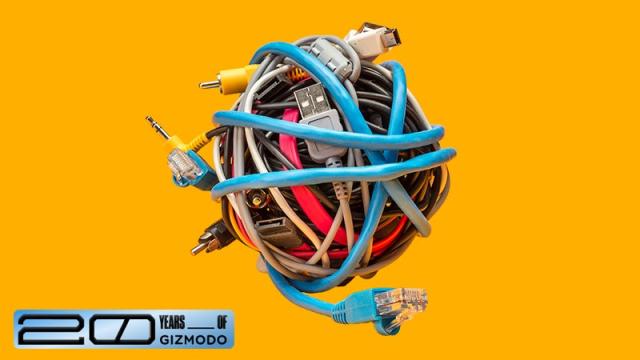Gizmodo is 20 years old! To celebrate the anniversary, we’re looking back at some of the most significant ways our lives have been thrown for a loop by our digital tools.
Glance at your laptop and you might see a single USB-C cable. The industry is consolidating to a universal interface used for data transfer, display, power delivery, and more. It hasn’t always been that way. Dozens of connectors and standards have come and gone over the past few decades, leaving behind a jumbled mess of wires and accompanying fondness of old devices that now exist only in our memories. On Gizmodo’s 20th anniversary, we dump out our bag of cables in remembrance of those that have come and gone.
Audio jack

Descending from a connector that originated in the 19th century, the 3.5mm jack is the most ubiquitous audio connector in consumer electronics, even as it faces extinction on portable mainstream devices. The beloved audio jack is a small, simple interface that provided stereo sound and microphone capabilities for connecting to headphones, speakers, and smartphones. More portable devices are removing the headphone jack for a wireless connection.
Ethernet (RJ45)

Creating a path to the internet, Ethernet was first created in the 1970s by Xerox and would become the preeminent LAN (local area network) technology. Ethernet connectors are most commonly found on gaming and business laptops, desktops, printers, security systems, and networking gear. Hardwired connections ensure stable internet connections compared to spotty, unreliable Wi-Fi. Modern Ethernet supports Gigabit speeds and the latest standard reaches 10 gigabits per second.
DVI

Prior to HDMI and DisplayPort, there was DVI. The successor to VGA, DVI was a video connection for computers or computer monitors. There were different pin arrangements depending on whether the cable carried a digital (DVI-D) or analogue (DVI-A) signal or both (DVI-I, for integrated). Dual-link was supported in the DVI spec to allow for 2560 × 1600 resolution at 60 Hz.
FireWire (IEEE 1394)
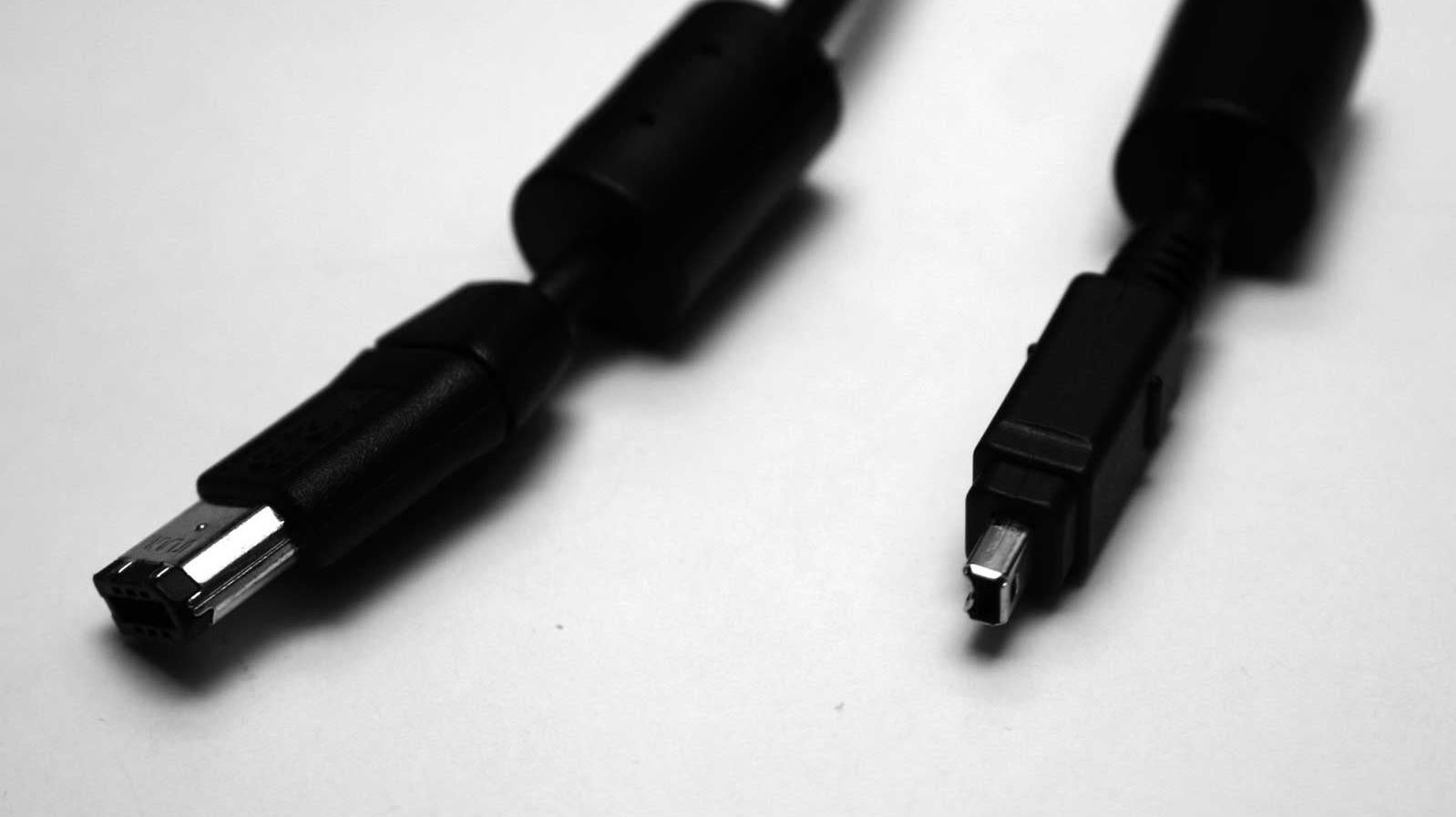
Similar to USB in that it supports data transfer, FireWire was used to connect peripherals, like digital cameras and hard drives, to computers. Created by Apple, IBM, and Sony, the interface was at one point faster and more versatile than USB, and would eventually make its way to Macs. Apple doomed the connector when it charged a usage fee, a decision that would kill the standard, which was replaced by the company with Thunderbolt and USB 3.0.
High-Definition Multimedia Interface (HDMI)
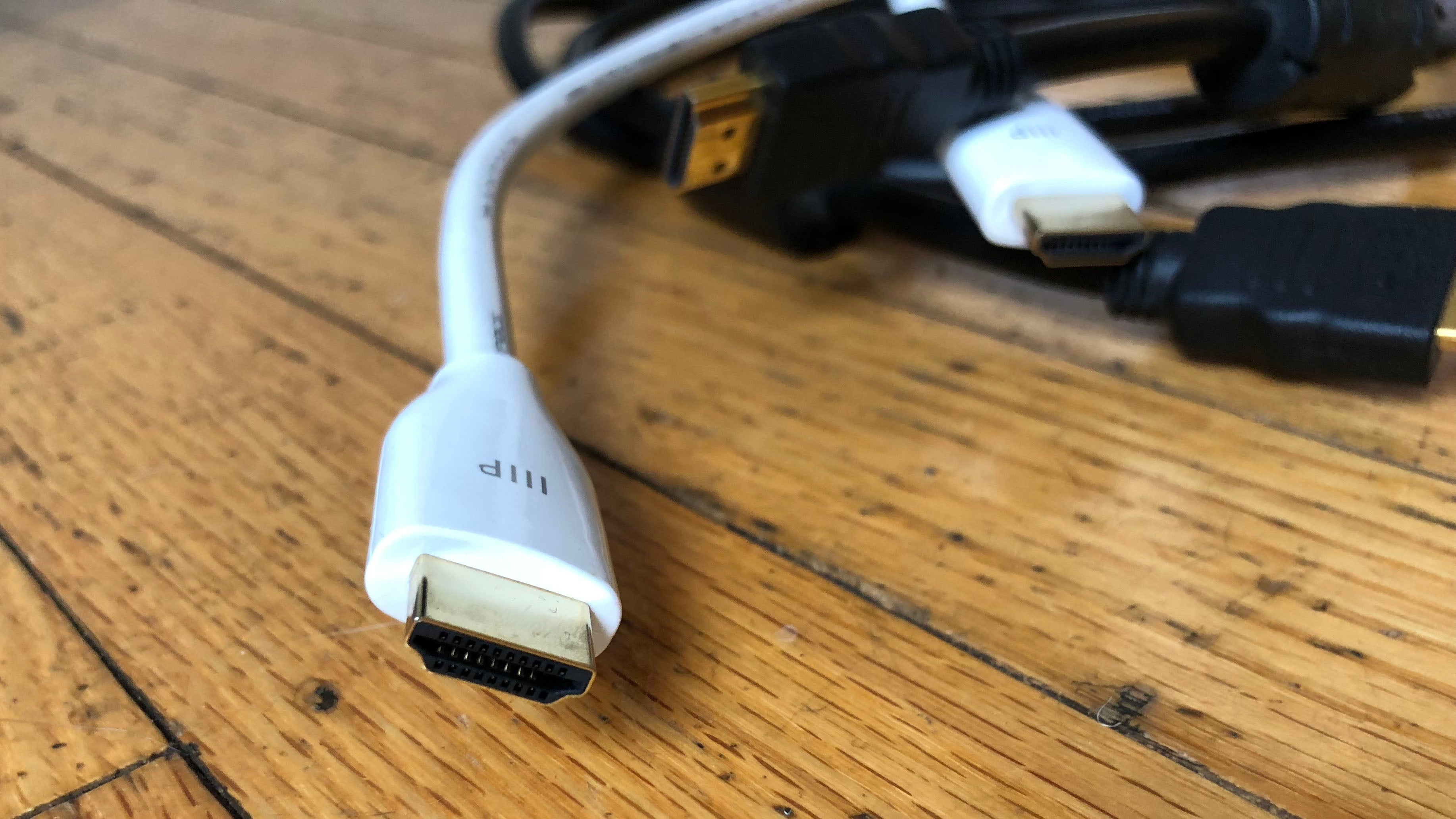
Found primarily on TVs and monitors, HDMI 1.0 was introduced in 2002 as an enhancement to DVI. It provided standard and 1080p video along with 8-bit colour and a multi-channel audio interface. Transfer rates for the first standard reached 5 Gbps while HDMI 1.4 enabled 4K for the first time. The latest HDMI 2.1 standard supports up to 10K resolution at 120Hz along with improvements to HDR. HDMI replaced component audio/video (red, green, blue) and composite video (red, white, yellow).
DisplayPort
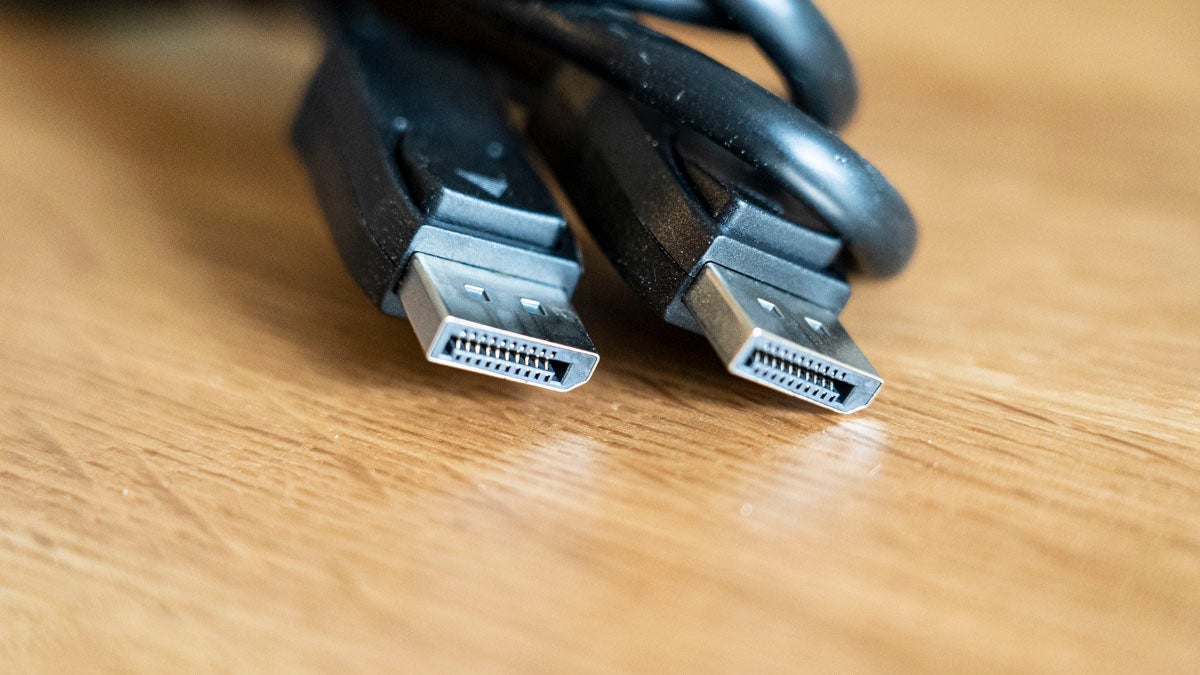
Another video input, DisplayPort arrived in 2007 as a replacement for VGA and DVI, and flaunted a maximum bandwidth of 10.8 Gbit/s (8.64 Gbit/s data). Three years later, the speeds increased to 17.28 Gbit/s. The latest standard reaches 80.00 Gbit/s for video support of 16K with HDR at 60Hz. HDMI is more commonly used on TVs whereas DisplayPort is often found on monitors.
Mini DisplayPort

Apple announced Mini DisplayPort in 2008 and would eventually discontinue Mini-DVI and micro-DVI in favour of the smaller, faster connector. By 2013, every Apple product used the standard, and adoption extended to competitors Dell, Lenovo, Asus, and others. The first version supported 2560 x 1600 at 60Hz while the most recent reached 4K at 60Hz with DisplayPort 1.2. Thunderbolt has all but replaced Mini DisplayPort.
USB Type-A
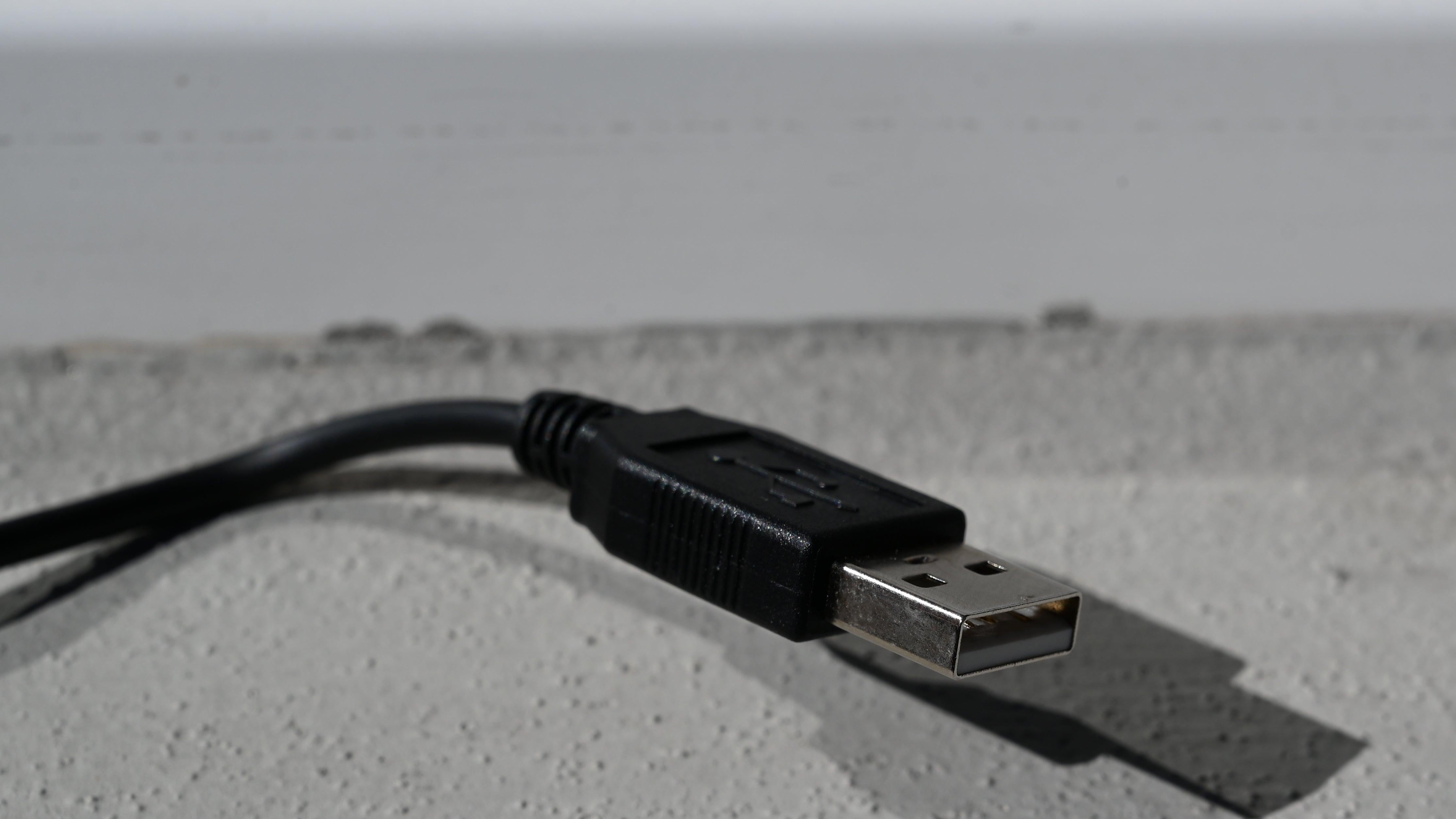
The port that never seems to die, the USB Type-A connector has been used to power peripherals–be that a mouse, keyboard, printer, controller, or other random devices — since Intel introduced the standard in 1998. At that point, maximum data speeds were set at 12 Mbps. Today, the maximum speeds from USB-A are 10Gbps via USB 3.1.
USB Type-B

This square connector with beveled corners is primarily found on printers and scanners. Every USB version besides the latest USB4 (USB-C only) supports the connector. They are less commonly used for optical drivers, floppy drives, and hard drives. Because it is an upstream-only connector, Type-B (and the mini version) is usually paired on the other end with USB Type-A.
micro USB

A miniature version of USB, micro USB was the preeminent connector for non-Apple smartphones in the late 2000s and early 2010s. It became popular due to its versatility and extremely compact size. The micro USB connector, like the larger variant, can charge and power devices or transfer data. It has been replaced by USB-C, which enables faster speeds and supports a reversible connector. There was a mini USB variant found on mp3 players, digital cameras, and mobile phones, but it lost popularity once micro USB arrived.
USB Type-C
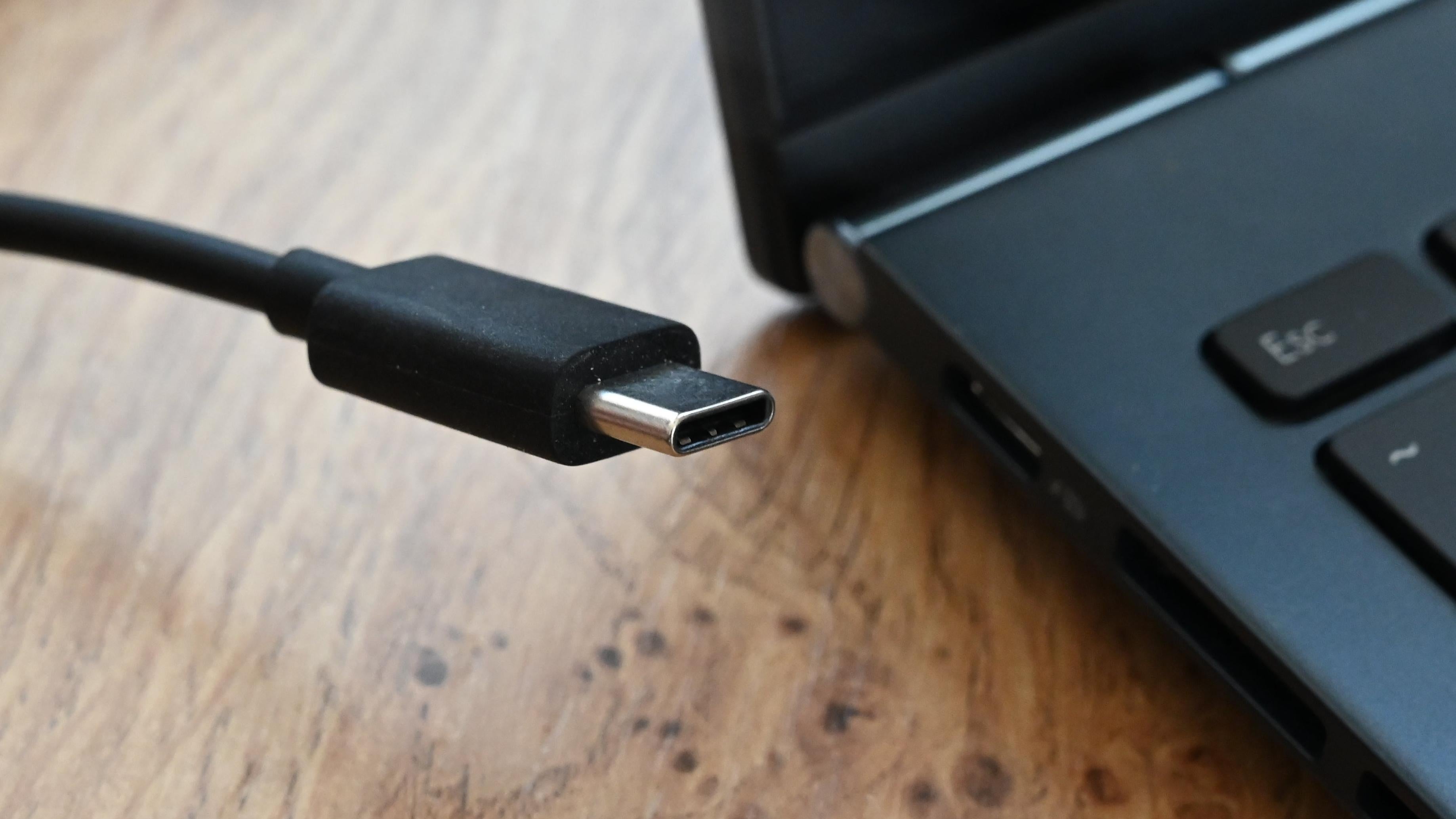
Quickly becoming the most ubiquitous connector in modern consumer gadgets, USB-C is smaller and faster than USB Type-A and can transmit data, power, and display simultaneously over a single cable. There are various specs and standards, and though those complicated differences have threatened to hinder the adoption of USB-C, the connector has proven itself as the replacement for various other interfaces. Thunderbolt 3 and 4, developed by Intel and Apple, use the USB-C connector for 40 Gbit/s (5 GB/s) bandwidth, power delivery, and driving multiple high-res monitors.
